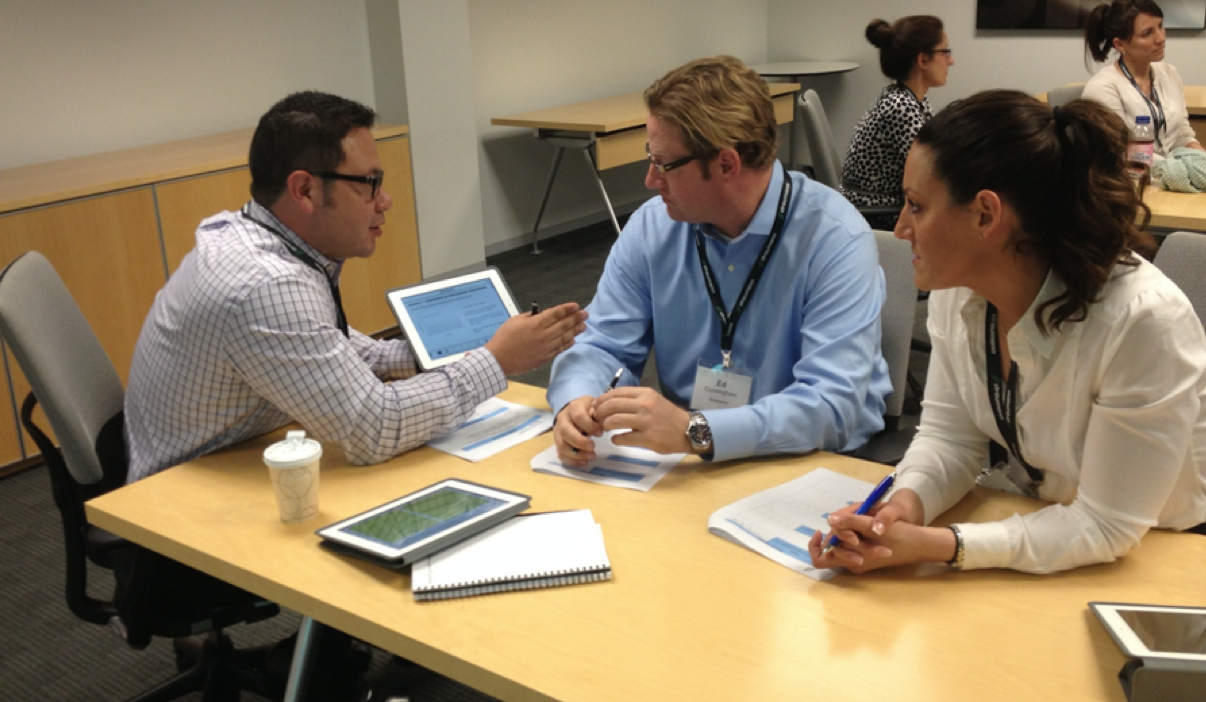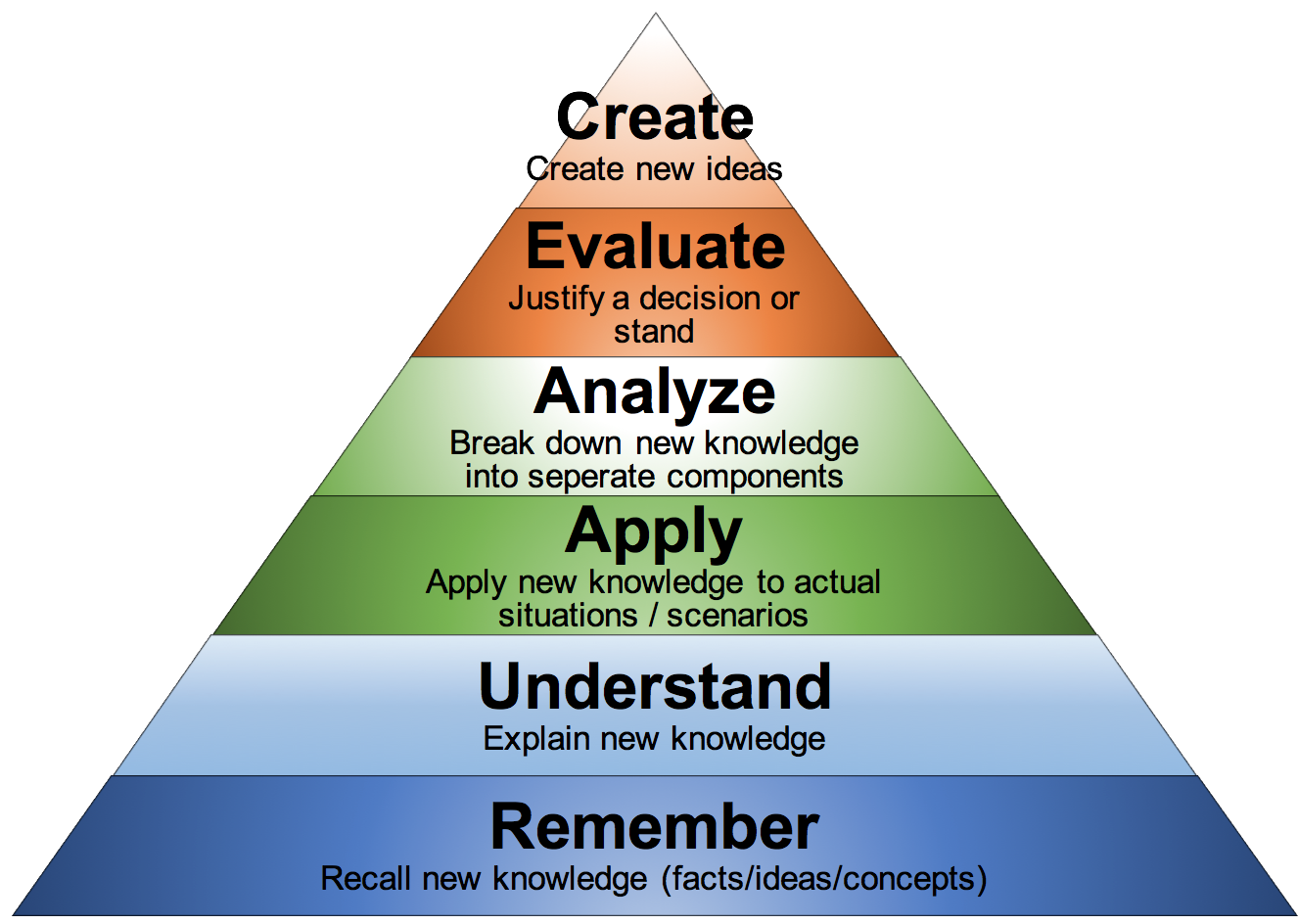Announcements 
Improve Sales Training through Active Learning Strategies
November 28, 2017
“Tell me and I forget, teach me and I may remember, involve me and I learn.”
~Ben Franklin
Adults Learn by Doing
Successful sports teams have something in common. They know winning depends on players practicing drills, plays and scrimmages while the coaches provide feedback and communicate expectations. The players improve their performance through actively learning. In the most effective sales training program, the sales reps are actively doing. They are practicing. They’re getting coached by the sales trainer to improve their performance. They collaborate and work on real life problem solving scenarios. Then they practice some more. To achieve an optimal outcome from sales training is not easy. Trainers cannot simply show up to class, plug in their computer, and show their PowerPoints. Those days are over. Up front design and careful development is required to achieve an effective active learning selling skills workshop. Most sales reps will figure out how to sell their products on their own. But effective sales training will get them their sooner and, in turn, impact sales sooner. In order to achieve this, you will need to change your training from passive learning to active learning.

Scientific Evidence
Research shows that active learning significantly improves learning outcomes compared to traditional passive learning strategies such as lectures (Lasry, et. al.). In active learning students are actively engaged in the learning process. Adults learn more effectively when they can apply their new knowledge and skills in real-life problem-solving scenarios. Hands-on, role-play, case study problem-solving scenarios, and even games will engage your sales reps to learn how to effectively sell. It’s not what is taught, it’s how it is taught. Let’s examine how adults learn and how active learning and an instructional designer can transform your training to impact learning and, in turn, your sales.
Bloom’s Taxonomy of Adult Learning
How do adults learn? Educational psychologist Dr. Benjamin Bloom identified and labeled the “steps” of adult cognitive learning from simple to complex. These steps are called Bloom’s Taxonomy, and each step has specific Learning Objectives that must be mastered before the learner can move to the next level of learning. For example, the learner must memorize new knowledge in the Remember step, then practice describing the new knowledge in the Understand step, then Apply the new knowledge in real-life scenarios such as presentations or role play. The first three levels: Remember, Understand, and Apply are attainable in an introductory sales training workshop. Analyze Evaluate, and Create are the higher levels of cognitive learning and can be achieved over time.

Develop Active Learning Exercises
Put away your PowerPoints, press the pause button, take a look at how much time you have allocated in the workshop for learning, and make sure to carve out the majority of time dedicated to the application of learning. It takes time to create drills, role-plays, games, and case studies for the sales reps to practice for a sales training workshop. Set up time to collaborate with high performing sales reps and create these activities. It will be well worth your time, and the sales rep trainees will appreciate it and benefit through their improved confidence post-training.
